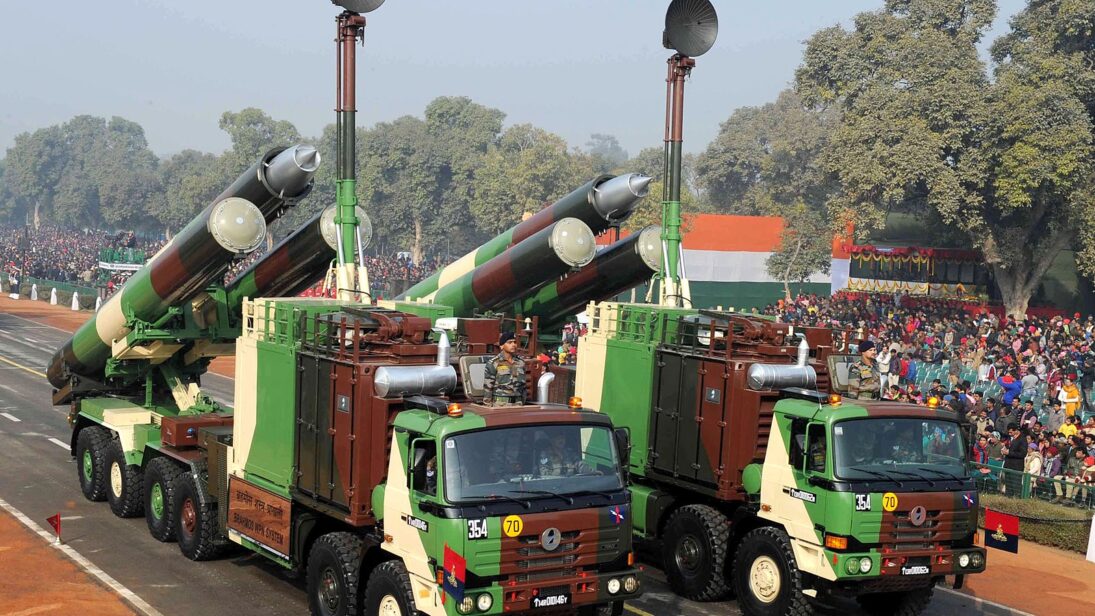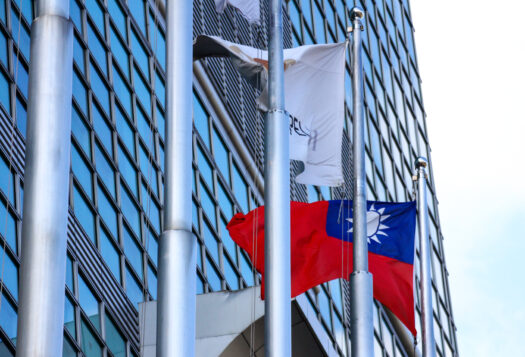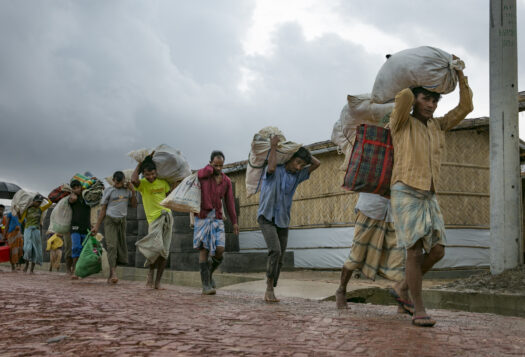
India witnessed significant shifts in its foreign policy last year. Caught between historic ties with Russia and a burgeoning partnership with the United States, India deftly navigated relations with great powers following the invasion of Ukraine, while staying true to its position of strategic autonomy. The year also witnessed heightened tensions with Beijing as Chinese forces again crossed the Line of Actual Control. As New Delhi takes the lead of the G20 this year, 2022 underscored India’s commitment to multilateralism, regional stability, and forging the path ahead.
A Challenging Foreign Policy
Although India’s foreign policy remained true to its position of strategic autonomy, it underwent gradual shifts, especially as New Delhi navigated its relations with great powers. An unabated war in Ukraine tested the resilience of India’s great power relations, particularly with the United States and the European Union. As the West sought to impose economic sanctions and politically isolate Russia, India faced increased international pressure to halt Russian oil imports.
Nevertheless, in the true spirit of strategic autonomy, India carefully balanced buying Russian oil while sustaining relations with the West regardless of the political pressure. As the war progressed and India showed little intention of cutting ties with Russia or curtailing its energy dependence, the United States showed maturity in its decision to accommodate India. In this regard, the past year showed the strength and flexibility of U.S.-India bilateral ties and New Delhi’s commitment to forging its own path forward.
The U.S. position opened additional avenues for India to engage with the European Union. Prime Minister Modi’s visit to Germany, Denmark, and France in early May 2022 further cemented India’s resolve to expand relations with its European partners. Modi’s travels followed the visit of Ursula von der Leyen, President of the European Commission, to India in April 2022 for the Raisina Dialogue. These efforts lay the path for engaging European countries despite impediments that have long hindered closer ties.
The past year showed the strength and flexibility of U.S.-India bilateral ties and New Delhi’s commitment to forging its own path forward.
China stood out as the greatest challenge in India’s foreign policy over 2022. Continued tensions along their shared border elevated threat perceptions and the risk of conflict escalation as the two face off more broadly in South Asia and the Indo-Pacific. To address concerns over potential conflict with China on the Line of Actual Control, India advanced its multilateral approach in the Indo-Pacific, primarily through its partnership with the United States. China objected to the joint exercises between India and the United States under the Yudh Abhyas framework of military exercises. In December, Chinese forces crossed the Sino-Indian border in Tawang, marking the most recent clash in a series of incursions across the LAC. The incursion in Tawang was likely a reaction to the U.S.-India joint exercises. As tensions escalate, this retaliatory cycle warns of a re-emergence of the fateful triangle in the region’s geopolitics.
An Emerging Net-Security Provider?
India’s China dilemma encouraged New Delhi to expand its multilateral cooperation in the Indo-Pacific. Over the past year, the Quad – comprising India, Australia, Japan, and the United States – took several steps to align internal differences to better collaborate in areas of strategic overlap, like regional prosperity, health, and education. For instance, in its objective to achieve sustainable economic growth in the Indo-Pacific, evolving discussions within the Indo-Pacific Economic Framework (IPEF) and the Indo-Pacific Oceans Initiative (IPOI) show two different opportunities for India to recognize its goals. While New Delhi did not sign on to all pillars of the IPEF, India and the United States are returning to the negotiating table in February 2023
During 2022, India showed a greater embrace of its role as a net-security-provider role in the Indo-Pacific. However, two obvious constraints remain for India to fully realize this position. First, India remains uncertain regarding the scope of its role in the Indo-Pacific. While India has stepped up engagement in the Indian Ocean, New Delhi lacks a robust and justifiable rationale for an expansive security role in the broader Indo-Pacific. New Delhi has little interest in spreading its navy thin to cover the entire region. Second, India lacks the capacity to play such a large role in the short term. Although India has moved rapidly in recent years to strengthen its naval capabilities and reorient its maritime strategy, nuanced differences between its regional outlook and that of the United States and its non-NATO allies create difficulties in aligning the Quad’s views from time to time. The Quad will need to carefully navigate these differences to continue its momentum.
India’s accidental BrahMos missile test into Pakistani territory in March 2022 is a stark reminder that New Delhi cannot forget about its western neighbor.
Looking closer to home, India’s neighborhood policy told a cautionary tale last year. The Taliban’s leadership in Afghanistan, political instability in Nepal, near economic collapse in Sri Lanka, and brewing unrest in Bangladesh all challenged regional relationships. Additionally, India continued its policy of absolute neglect towards Pakistan. As terror incidents increase in Afghanistan and Pakistan, New Delhi fears spillover effects from both countries. Yet, India’s accidental BrahMos missile test into Pakistani territory in March 2022 is a stark reminder that New Delhi cannot forget about its western neighbor. Following the launch, Pakistan placed frontline bases and strike aircraft on high alert as it gathered information. Absent de-escalation mechanisms, the unprecedented event holds serious implications for crisis stability on the subcontinent. Had the launch occurred during a period of heightened tensions, the incident could have escalated to a dangerous place.
As New Delhi embarks on global leadership at the G20 this year, many of the dynamics that shaped 2022 will persist. India will continue to face pressure navigating great power relations, while terrorist groups warn of instability. Competition in the international system will continue to stress diplomatic ties. In this uncertain environment, India will take its place on the international stage, and as New Delhi solidifies its strategy, the world will be watching.
***
Click here to read this article in Urdu.
Image 1: Ministry of Defence, Government of India via Wikicommons


